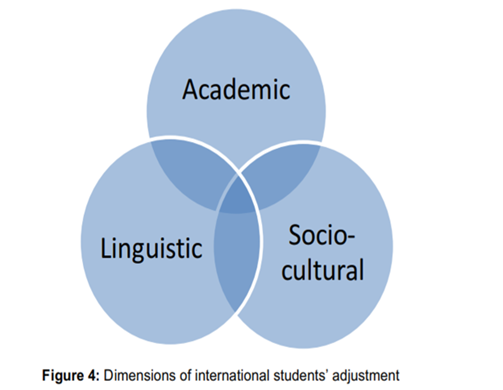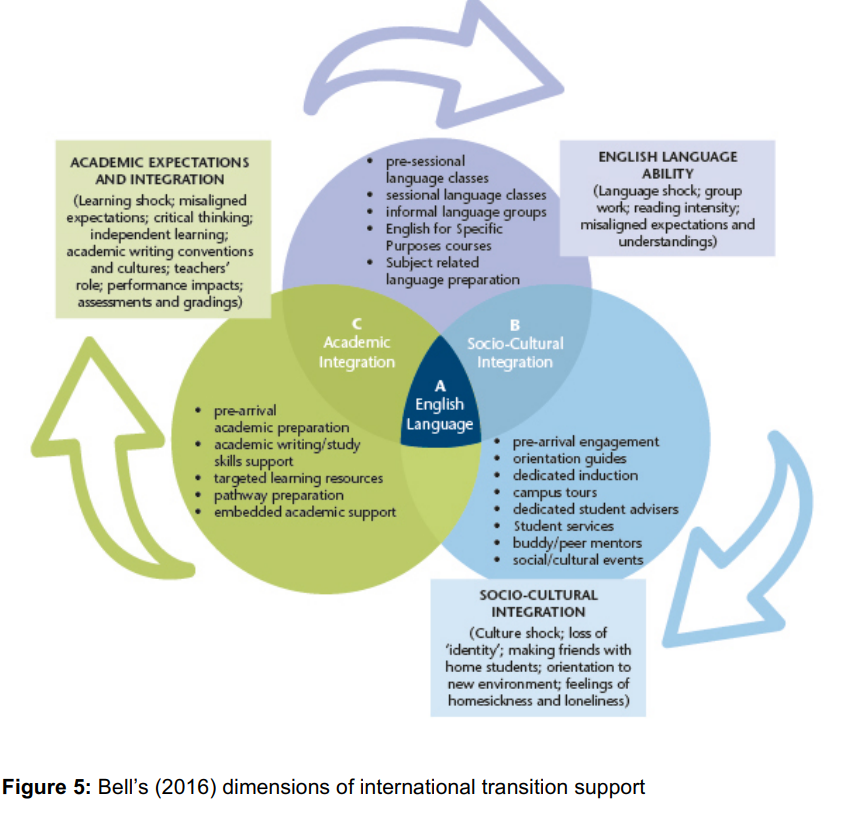International students – transition and induction deeper dive
26 September 2024Transition and induction
Transitions can happen throughout the student journey and when successful can lead to the development of identities and new ways of knowing (Beach 1999, in Ecohard and Fotheringham 2017:101). Ploner (2018) discusses academic hospitality which focuses on the reciprocal exchange between ‘host’ and ‘guest’. When you apply this concept to international students you are reframing the deficit narrative and moving towards the notion of actively valuing and learning from different cultures.
Students entering university will have mixed experiences and expectations. International students traveling to study have already demonstrated a commitment to studying in another country. However, the reality can be very different from the expectation. For a home student, the process of entering a new context can be challenging in many ways. The additional dimensions of acculturation and adjustment within the process of transition create an extra challenge for international students. These need to be considered when planning induction and transition processes. Bridging the gap between prior experience and expectations to ensure that all students can perform to their potential does not mean changing what we ask of students, but it does mean recognising the scale of the transition for some students (Scudamore 2013).
Scudamore (2013: 10) identifies several phases to transition that can last over a few months, some or all might be experiences by students:

Figure: Stages of transition (Scudamore 2013 p10)
Dimensions of adjustment
Broadly the literature presents 3 dimensions of adjustment for international students

Here is an example of some challenges international students may face when adjusting to university:
| Academic | Linguistic | Sociocultural |
| Teaching practices | Communicating with native speakers (speed, accent, register, body language and colloquialism etc) | Navigate new city, work out public transport, find accommodation |
| Classroom dynamics | A mismatch between standardised proficiency tests and reality | Make new circle of friends |
| Core traditions of L&T (e.g. student centred learning) | Understanding and producing academic texts | Join healthcare system |
| Core values (e.g. concepts of success) | Adapt to food, weather, social conventions | |
| Assignments and assessment methods | Deal with financial pressures |
Dimensions of international support model (Bell 2016)
The following resource shows Bell’s (2016) dimensions of international support model’ highlighting the type of support universities offer, and identifying key practices to help support the transition process.
